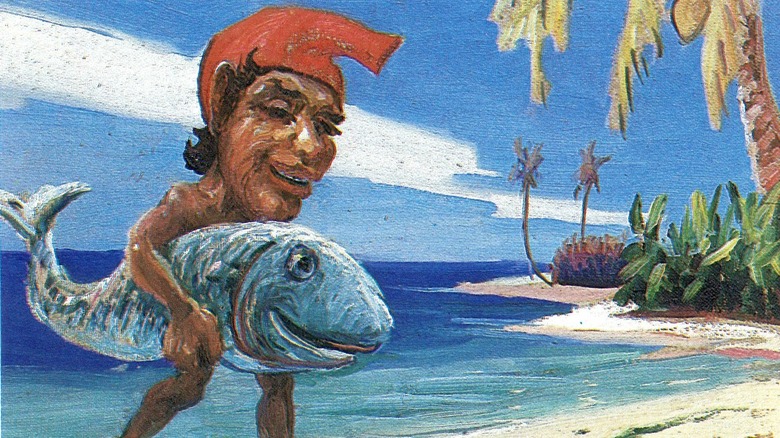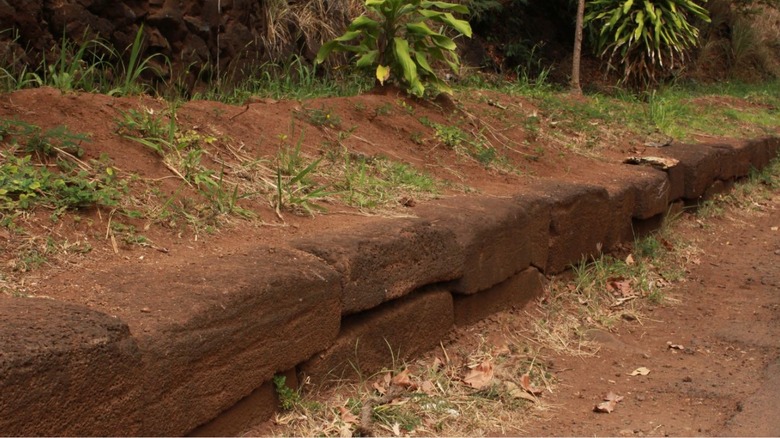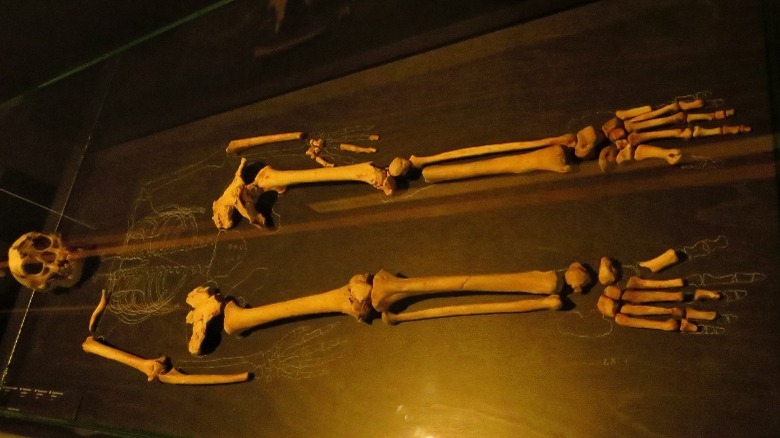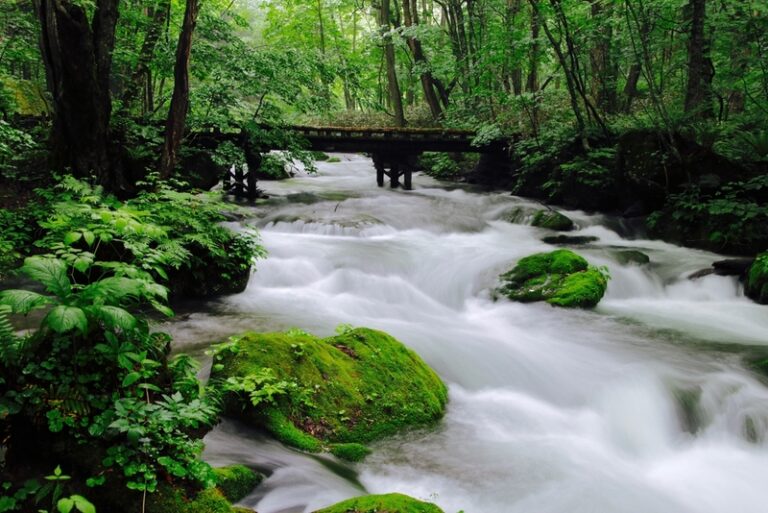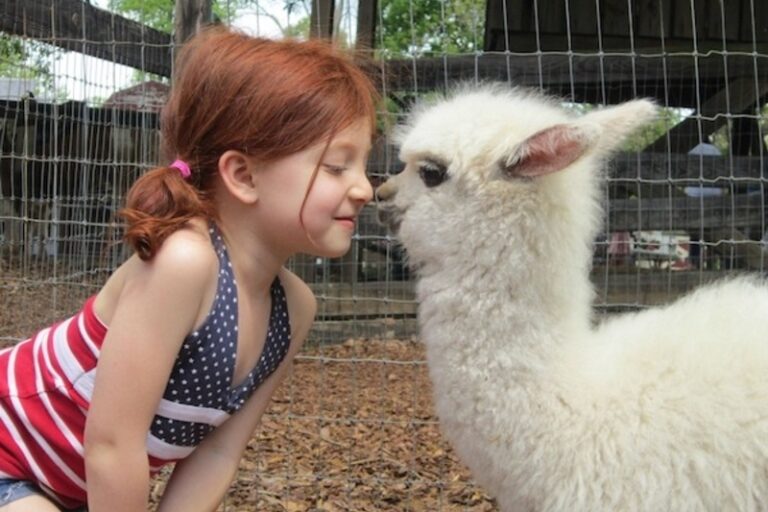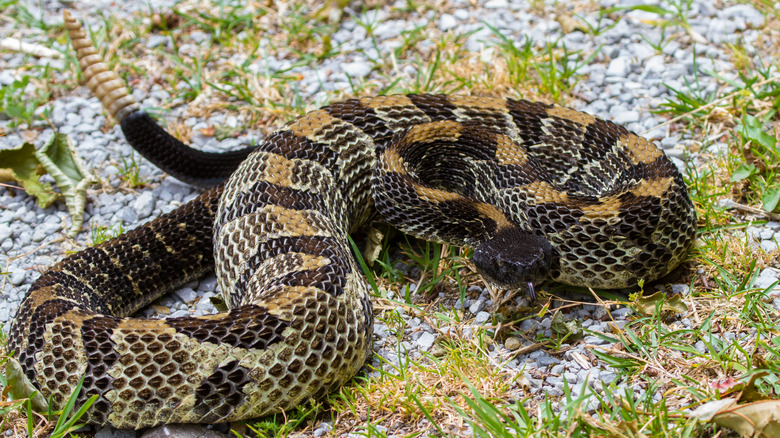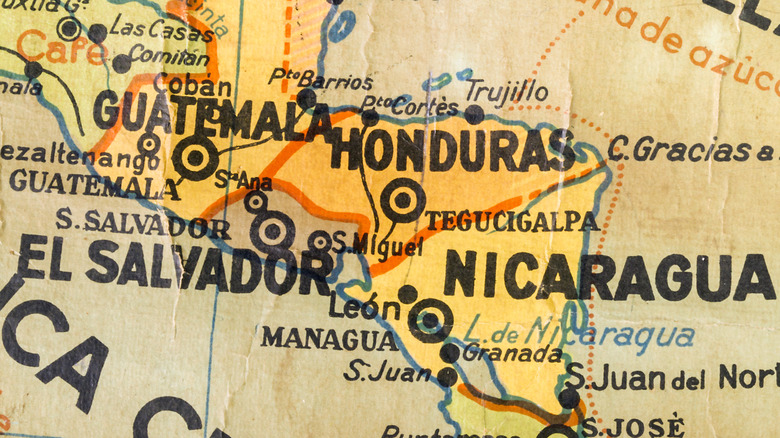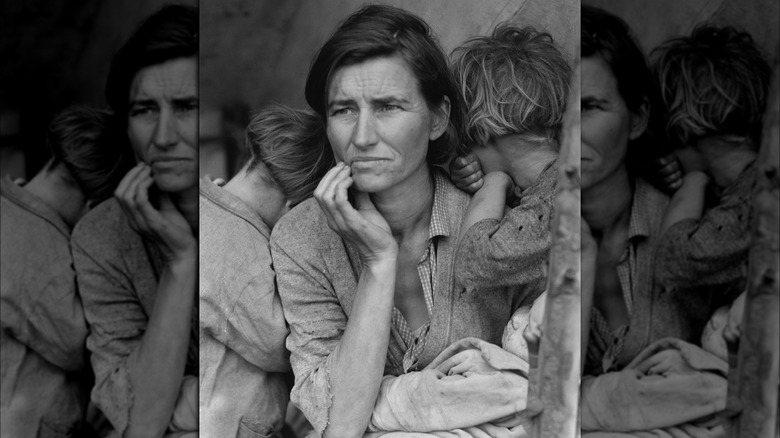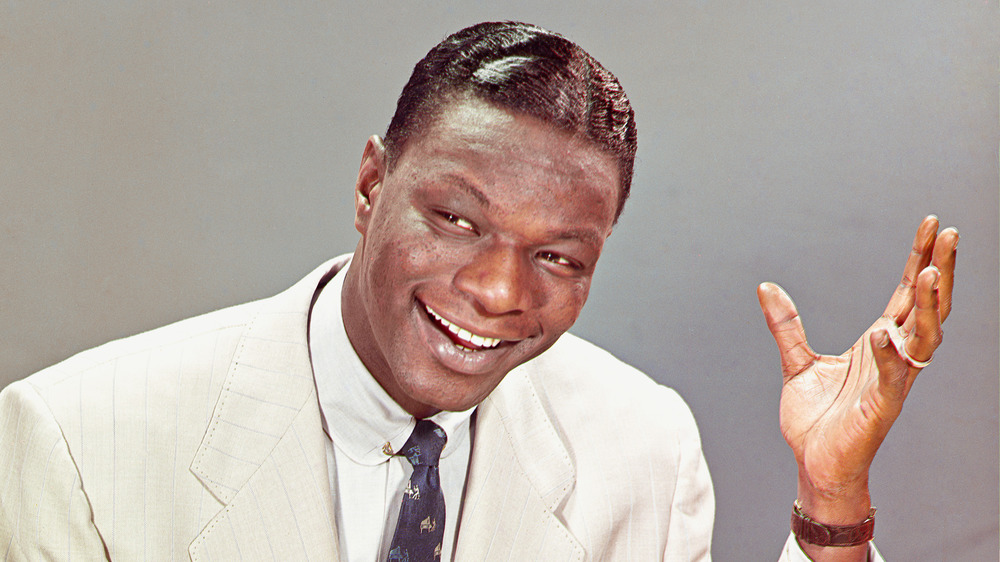
The Legend Of The Menehune: Hawaii’s Mythical Progenitors
Dryads, fairies, sprites, satyrs, gnomes, elves, trolls, goblins: Our collective Western folklore is full of forest-dwelling spirits of mischief and magic that have been remade, redone, reissued, regurgitated, and reformed over the centuries. The “etins and elves and evil-spirits” in ancient tales like the epic of Beowulf (circa 700-1000 A.D.) transformed into characters like Puck the impish rapscallion in William Shakespeare’s 1600 “A Midsummer Night’s Dream,” J.R.R. Tolkien’s uruks, Sauron’s juiced orcs from 1948’s “The Lord of the Rings” (different from their movie counterparts), Marvel’s “dark elves” from the 2013’s “Thor: The Dark World” — themselves derived from the Dökkálfar of Norse mythology — and even Norman Rockwell’s painting of Santa’s little helpers in 1922.
As Christianity spread in the West and time passed, these tales persisted, but their subjects by turns became vindictive, aloof, ennobling, wise, capricious, or all of the above. They guided humanity or misled them. They were sometimes giants, like echoes of the cannibalistic Nephilim from the extrabiblical text the Book of Enoch, but more often than not they were diminutive. They were different enough from humanity, like chimpanzees to Homo sapiens, but similar enough to communicate with and understand us. All in all, they represent aspects our ourselves called forth by what lies hidden in the natural world.
Across the globe, other cultures held — and hold — similar tales. Hawaii might have been first colonized by Polynesian peoples about 400 A.D. (per Smithsonian Magazine), but Hawaiian folklore extends back further to a race of small-statured progenitors: the Menehune.
The small-statured engineers that lived in forests and mountains
The Menehune make an interesting case study of myth the world over. Their tales are recent enough to be partially corroborated by actual, archaeological evidence, but distant enough to have begun transitioning from historical fact to campfire stories of fairies and forest gnomes, like álfar in Iceland (who 54% of the population still believed exist as of 2017, per National Geographic), or leprechauns in Ireland (who 33% of the populated still believed exist as of 2011, per the Irish Examiner). There is no singular Menehune narrative, but rather a collection of various tales transmitted by word-of-mouth and print, such as “The Three Menehune of Ainahou” recounted by Charles Kauluwehi Maxwell Sr., or the stories compiled in “Tales of the Menehune” from 1960.
The Menehune, it’s said, were the original inhabitants of Hawaii. They were short — about 2 or 3 feet — hairy and pot-bellied. They only came out at night, into the lowlands, murmuring in low voices as to not be heard, but could bellow loud enough to call from island to island. They were master craftsmen and built some of the Hawaiian archipelago’s most enduring roads, walls, and heiau (temples), including the Menehune Fishpond reputed to have been built in a single night, per Go Hawaii. They ate largely bananas, taro, and sweet potatoes planted in the mountains, befriended those who were kind, and to those who mistreated them, punishment awaited. And above all, they loved games and sports.
Historically 'lowly people' subjected to Tahitian rule?
Nothing in those tales sounds too outlandish. In fact, it’s rather reserved and only vaguely “magical.” Could there be some actual, historical events behind Menehune stories?
Folks such as the late Frederick Bruce Wichman — who wrote extensively on the history of Kaua’i island and was interviewed in 2013 by Hawaii Public Radio — certainly believed so. He likened the Menehune to Hawaii’s original inhabitants, circa 400 A.D. or so, from the Marquesas Islands in modern-day French Polynesia over 2,000 miles away. By this version of events, when latter-day Tahitians arrived on the island in around 1,100 CE, they drove the Menehune northward. In fact, as Temptation Tours says, the word “manahune” in Tahitian means “lowly people” or “low social status” — “commoner,” basically — which could be indicative of how the Menehune were viewed or treated.
Lacking further data, it’s easy to picture how the story unfolds from here: The Menehune stayed out of sight in the mountains within self-contained communities, a “lowly” people either self-ostracized for self-protection or banished by the Tahitians; they emerged only at night, quiet to not awaken the general populace, and built structures perhaps on commission; their population, along with the Tahitians, dwindled from 300,000 total Hawaiian inhabitants to 70,000 over the 50 years following the arrival of Captain James Cook in 1778 (per Smithsonian Magazine). And now? We have only the distinctive architecture of sites such as the Kikiaola stones (pictured above) to mark their passing.
Descendants of the ancient humans Homo Floresiensis?
There’s another speculative facet to this story that could reveal why so many pieces of folklore across the world contain stories of diminutive, forest-dwelling creatures: other ancient human species.
In 2004, on the island of Flores in Indonesia, the first evidence was discovered for what is now known as Homo floresiensis, a human species that lived 190,000 to 50,000 years ago (per Australian Museum). As Nature explains, these “hobbits” were roughly 1.2 meters (3 to 4 feet) tall and used stone tools and possibly fire. Homo floresiensis was likely an offshoot of Homo erectus, one of the earliest human species to exist in Southeast Asia. This species originated as early as 1.5 million years ago to as recently as 50,000 years ago and migrated over water to the Indonesian archipelago. As studies on Nature depict, we know that ancient peoples then migrated from the Indonesian archipelago down to Polynesia, and from there out to Hawaii. Is it possible that the Menehune were among the last living members of Homo floresiensis?
Add to this the phenomenon known as “island dwarfing,” whereby animals that migrate to islands typically shrink in size over generations due to limitations in food resources. Also add to this a 3% to 7% shared DNA between Homo neanderthalensis and Homo sapiens due to interbreeding (per Live Science), and similar evidence for interbreeding between Homo erectus and Homo sapiens. In their most speculative form, then, the Menehune look like part Homo floresiensis and part Homo sapiens.
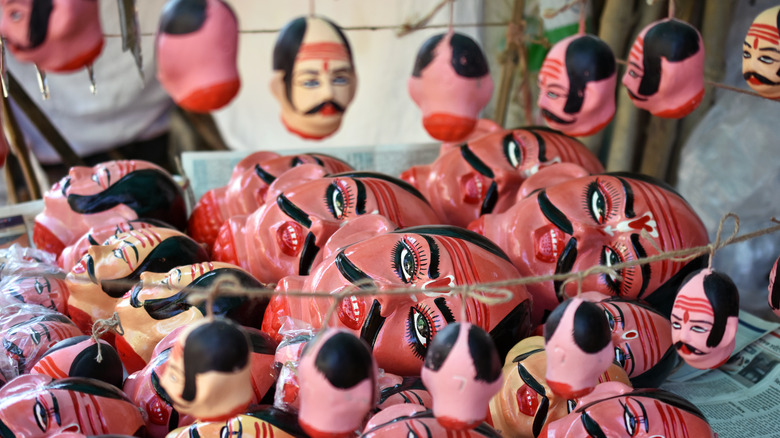
The Creepy Reason People Remain Conscious After Being Decapitated
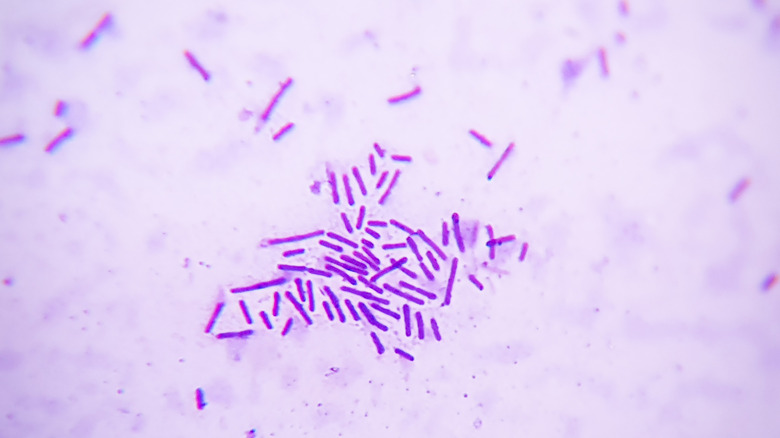
Why Some Scientists Believe The Earth Was Once Purple

How Saddam Hussein Was Even More Evil Than You Think

This Is What Happens To Your Body When You Die Of Thirst

The Truth About The Mass Grave From Stalin's Great Purge
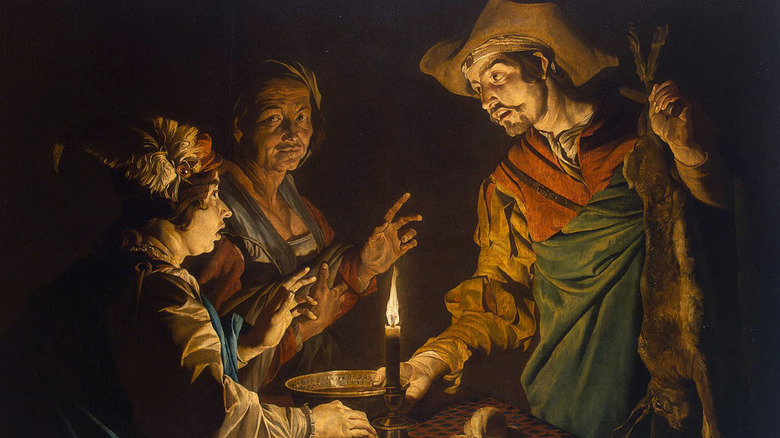
What Esau Really Looked Like According To The Bible

America Once Lost A Nuclear Bomb. Here's What Happened

The Wild True Story Of The 1993 Storm Of The Century

Did The Olympics Make Jesse Owens Rich?

What You Didn't Know About Jerry Garcia's Missing Appendage
